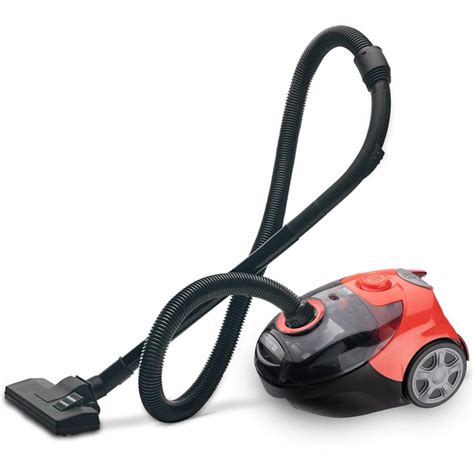- Homeowner's Guide To No Mow Grass
- How to Mow the Lawn
- How often should you mow the lawn? We asked the experts
Download: Mow&cd login
Size: 16.70 MB
Homeowner's Guide To No Mow Grass
Some people look forward to lawn mowing as an opportunity to get exercise and spend time in nature. Other people dread it, and for them, no mow grass sounds like a dream come true. Unfortunately, there’s no type of grass that never needs mowing (except As you struggle to start your stubborn lawnmower, you may ask yourself, what was that no mow grass I read about? It’s a native grass that uses less water and grows in mounds,” says Oakland, California-based landscape contractor Stephen Capper. More precisely, it’s a blend of fine fescues sold under a number of brand names, and it’s Any lawn can be a no mow lawn if you don’t mow it, but along with tall, unruly grass, you’ll end up with just as many weeds if you don’t use the right seed combination. Tall grass invites On This Page • • • • • What Is No Mow Grass? No mow grass is a blend of hard fescue and fine fescues designed to create a lush green lawn that is essentially weed-free once the grass matures. Blends differ according to regional growing conditions, but most contain five types of fescue: • Hard fescue: Bunch grass that is tolerant to heat, drought and foot traffic. It grows slowly and doesn’t need regular mowing. • Sheep fescue: Another drought-tolerant bunch grass that grows slowly. Like hard fescue, it can subsist on little to no nitrogen and doesn’t need to be fertilized often, if at all. • Chewings fescue: Also bunch grass, but it’s a higher quality strain that adds a deep green coloration to the lawn. It’s the...
How to Mow the Lawn
Step 1 - Set Your Mower High Step 2 - Mow Your Lawn When It's Dry Step 3 - Vary Your Mowing Pattern Step 4 - Don't Mow on a Schedule Step 5 - Wait Before Mowing a New Lawn Step 6 - Leave Grass Clippings Where They Lie Step 7 - Keep Your Mower Blade Sharp Step 8 - Check Out These Lawn Care Reminders Mowing is a solid twofer: It coaxes your lawn to grow more and keeps it looking fine. But hey, there's a right way and a wrong way to mow your lawn—and you can trace more than a handful of lawn problems back to poor mowing practices. We're talking mowing too short, not bothering to sharpen the blades, doing the whole procrastination thing, going all buzz cut when you do mow—we could go on. But we won't. We're nice like that. Want to be on the cutting edge of mowing your lawn properly? (Yeah, we went there.) Follow these simple rules to get it right. 1. Set Your Mower High Set your mower at the highest preferred setting for your grass type and only cut the top 1/3of the grass blades at any one time. True, this might mean you have to mow again after several days, but hear us out—it's worth it. Longer grass blades can grow and support more roots and develop a deeper root system that is better able to find water and nutrients in the soil. Scalping the lawnforces grass plants to focus their energy on regrowing their blades, not deepening their roots, plus it makes it more likely that weeds can muscle in. Taller grass blades shade the soil and keep it cooler, helping prevent weed seed...
How often should you mow the lawn? We asked the experts
When it comes to lawn care, everything’s a delicate balance. You need to apply enough, but not too much fertilizer, and it needs sufficient water to flourish, but without overwatering your yard. The same rules extend to mowing as well. You need to mow regularly to maintain your lawn’s health, but too often can do more harm than good. All kinds of factors contribute to how often you should mow your lawn. Obvious ones include the weather and the time of year, but everything from the grass type to when you last applied fertilizer can make a difference. If you’re keen to learn how often you should be mowing your lawn, we consulted the experts to find the answers. We covered what to do depending on the seasons as well as differing weather conditions. So you won’t have to learn how to plant grass seed this year. How often should you mow from spring to fall? (Image credit: Shutterstock) There’s a lot to consider when it comes to the ideal frequency for mowing the lawn. As mentioned earlier, all kinds of factors contribute to its necessity, while others deter you from the task altogether. Because of this, there’s no exact number to be followed throughout the year, best practice will vary. According to Erin Schanen, Troy-Bilt gardening partner, master gardener volunteer, and creator of never cut more than one-third the height of the grass, and it's better for the health of a lawn to leave grass a bit longer, 2 and 1/2 inches to 4 inches, depending on the variety of grass. Lawns tha...

